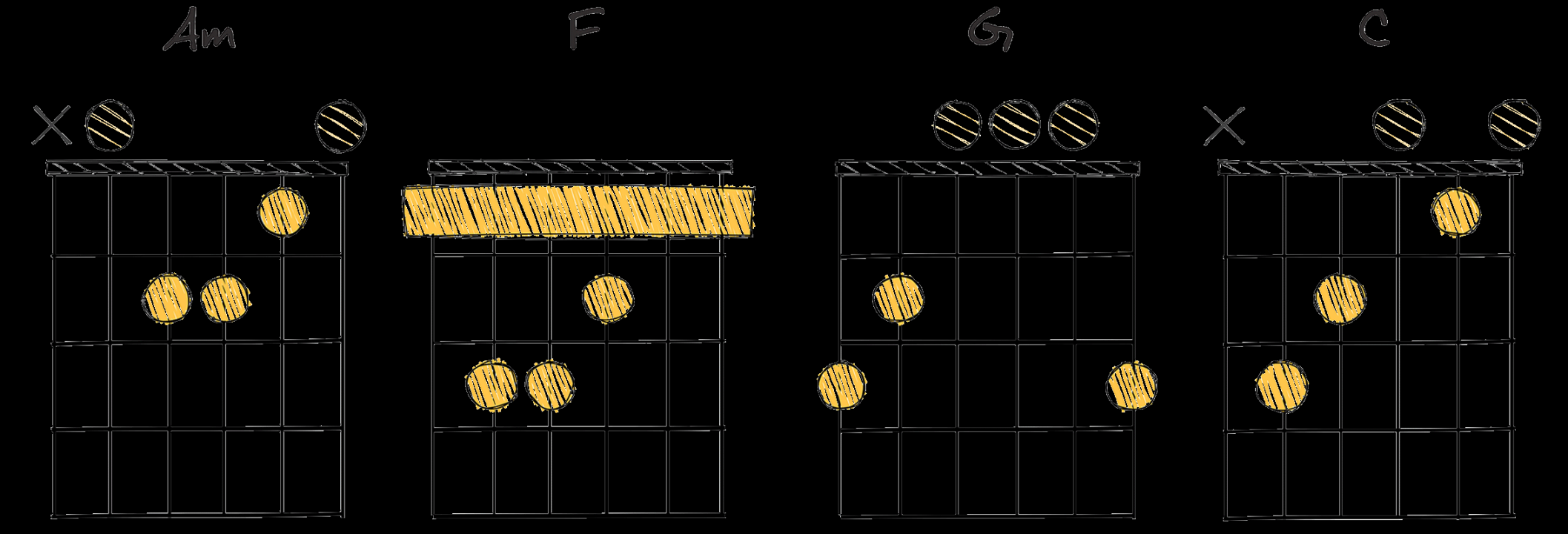—
Unlocking the Heart of Folk: Simple Guitar Chord Progressions
So, you want to play some folk guitar? Awesome choice! Folk music is all about telling stories and connecting with people, and a big part of that comes down to the chords you use. You don’t need to be a virtuoso to get that classic folk sound. In fact, many iconic folk songs rely on simple, repetitive chord progressions that are easy to learn and play. Let’s dive into some of the most common and effective progressions that’ll have you strumming along in no time.
Understanding the Basics: The I-IV-V Progression

This is the bread and butter of folk music. You’ll hear it in countless songs, from old classics to modern hits. The I-IV-V progression is based on the major scale and uses the first, fourth, and fifth chords. For example, in the key of G, these chords are G (I), C (IV), and D (V).
Why it works: This progression creates a sense of movement and resolution that’s fundamental to many folk melodies. The I chord feels like home, the IV chord adds a bit of tension, and the V chord leads us back to the I, creating a satisfying loop.
Adding Minor Chords: The I-vi-IV-V Progression
To add a touch of melancholy or depth to your folk songs, try incorporating the minor sixth chord (vi). In the key of G, this would be Em.
Why it works: The vi chord adds a sense of longing or introspection, making the progression more emotionally resonant. It’s perfect for songs with a more reflective or storytelling vibe.
The Versatile I-V-vi-IV Progression
This is another incredibly common progression, often used in both folk and pop music. It’s known for its catchy and memorable sound.
Why it works: The I-V-vi-IV progression has a cyclical feel that’s easy to listen to and play along with. It’s versatile enough to be used in a wide range of folk styles, from upbeat singalongs to heartfelt ballads.
Exploring the II-V-I Progression (and Variations)
While the I-IV-V is king, the II-V-I is a great tool to have in your arsenal. It is very common in jazz, but it also appears in folk music, sometimes with slight variations.
Why it works: The II-V-I provides a strong sense of resolution and can add a touch of sophistication to your playing. In the key of C, this would be Dm-G-C.
Simple Strumming and Rhythm
Folk music isn’t just about the chords; it’s also about the rhythm. Simple strumming patterns are often the most effective.
Basic Down-Up Strum: Start with a simple down-up strumming pattern. This is the foundation of most folk strumming.
The Power of Repetition
One of the hallmarks of folk music is repetition. Don’t be afraid to repeat your chord progressions. In fact, doing so can make your songs more memorable and engaging.
Building a Groove: Repetition allows you to build a groove and create a hypnotic effect.
Putting It All Together
Now that you know some basic chord progressions, it’s time to start putting them together. Experiment with different combinations and see what sounds good to you. Don’t be afraid to break the rules and create your own unique progressions.
Listen to Folk Music: Pay attention to the chord progressions used in your favorite folk songs. This will give you a better understanding of how they work.
Conclusion
Folk guitar is all about simplicity, storytelling, and connecting with your audience. By mastering these basic chord progressions and adding your own personal touch, you’ll be well on your way to creating beautiful and memorable folk songs. Remember, the most important thing is to have fun and let your creativity flow. Don’t be afraid to experiment and find your own unique voice. With a little practice and dedication, you’ll be strumming along to your favorite folk tunes in no time, and crafting your own. The beauty of folk is in its accessibility, and the power of simple chords to convey deep emotion. So, pick up your guitar, start strumming, and let the music take you away.

